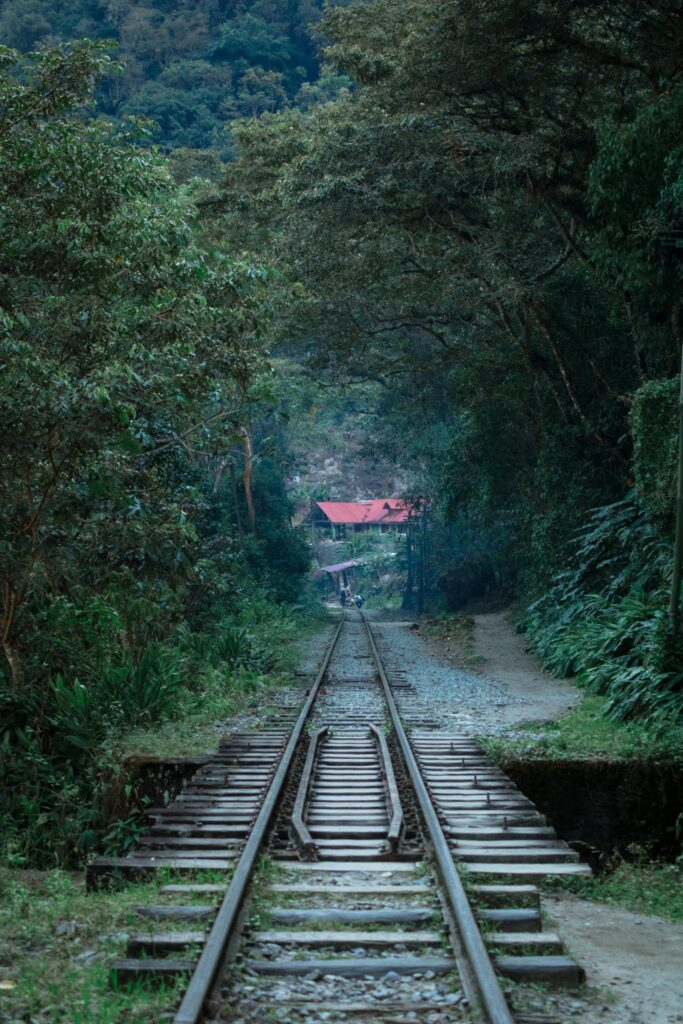My longest trip of the year so far and comfortably the best; Peru certainly lived up to all of the plaudits it gets online.
With a little research I quickly realized how vast Peru is and assumed a trip like this would need weeks upon weeks to backpack across, countless hours of organisation and completely break the bank account.
I was completely wrong.
In just an 18 day trip I got to experience everything from dune buggies and sand boarding to colonial catacombs and Machu Picchu by booking a group organised trip through Plotpackers.
Before this I’d never have even thought of booking a group trip as I assumed it was something only old people did. However it turns out there are some incredible group trip providers for backpacking and adventure style travel all across the world so it will definitely be something I look at doing again when i go to less safe countries or when time off work is a restriction.
Our Itinerary
I got to Lima 2 days before everyone else arrived so that I had time to get the jet lag out of the way and spend some time relaxing, sight seeing and surfing before a packed couple of weeks.
From Lima we spent the first couple of days heading south into the desert; first to Paracas and then to the oasis town of Huacachina. Here the adrenaline activities truly started as we explored the dunes in huge buggies, learnt how to sand board down them (from tik tok of course) and even ran down one to save some time getting back to the hostel.
We left Huacachina on day 3 and took a 24 hour bus journey all the way south to the city of Puno to tour around the floating villages of the Uros people on lake Titikaka. Another long bus journey took us up to Cusco; a huge favorite among most travelers because of its food scene, nightlife and as a great base for several incredible hikes and excursions. We spent the last 4 days of the group trip completing two of these; a day trip to rainbow mountain and the 3 day Inca jungle trek.
Guides to Each location are below!


FAQ's Answered
How Expensive is Peru?
Peru is one of the most affordable countries in south america and can definitely be done on a budget. I would say £40 a day is a good average for some of the nicer hostels and restaurants and having a couple of drinks here and there.
What are the roads like?
The roads in Peru vary hugely. If you struggle at all with motion sickness you will likely go through a years supply of tablets in a couple of weeks here. The roads around the mountains are windy to say the least and uneven enough to send people in the back seats flying into the air pretty frequently – not ideal trying to get sleep on the longer journeys!
How common is altitude sickness?
With a lot of the best parts of Peru at altitudes above 2500 meters altitude sickness is pretty common here. Around 1/3 of the group I went with had affects at one point or another and the affects varied from headaches and feeling light headed to nauseous and bed bound. Some people are completely fine though and medications are readily available all over the country.
Do I need cash?
While cash is definitely useful a surprising number of places take card even in rural areas and even in some of the markets. I always find it easiest to have a small cash buffer (200-400 soles) just in case but then pay with card wherever possible.
What is the food like?
In general the food in Peru was quite disappointing. Be prepared to have avocado with every meal and some combination of rice, meat and vegetables for 3/4 of the menu. With that being said there are some great restaurants in the bigger cities so make the most of it while you’re there.
The same goes for coffee here where I would recommend sticking to the ‘specialty’ coffee shops for your daily caffeine.
Do I need to be able to speak Spanish?
Spanish is the primary language in Peru and it can be useful to know at least the basics. However in most tourists areas English is spoken to some degree and a lot of restaurants have english menus so a combination of google translate and gestures is enough to get by.
What is the climate like?
With the huge variety of terrain and altitude in Peru it is best to assume you will have a bit of everything on your trip and pack accordingly. One day you’re in the desert where its bone dry, scorching in the day and freezing at night and the next you’re in the jungle hiking to Machu Picchu where its incredible humid and could rain at any time of the year. Some hikes like Rainbow mountain feel way to hot even in shorts when you’re at the bottom but then two jumpers and a coat isn’t enough to stay warm once you’ve reached 5000 meters above sea level.
What is the currency and exchange rates?
The currency of Peru is the Peruvian sol but some businesses or tours also accept payment in US dollars. Depending on where you exchange your money £1 is worth 4.5-5 soles.






